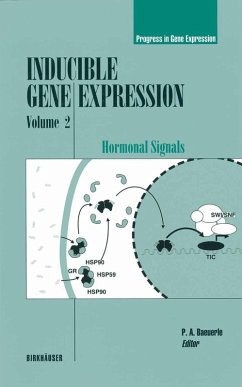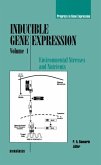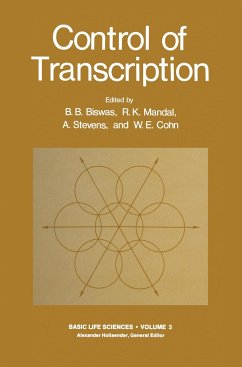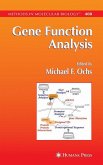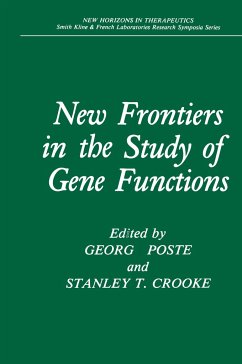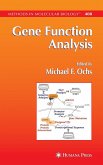Cells have evolved multiple strategies to adapt the composItIon and quality of their protein equipment to needs imposed by changing conditions within the organism. Extracellular stimuli that inform cells about such needs are hormones, cytokines and neurotransmitters, which bind to specific cell surface receptors. Inside the cell, secondary signals are then produced which, ultimately, initiate the expression of proteins giving novel functional properties to the stimulated cells. This process can be controlled at a transcriptional, posttranscriptional, translational or posttranslational level. Extensive research over the past fifteen years has shown that transcriptional regulation is probably the most impor tant strategy used to control the production of new proteins in response to hormonal signals. At the level of gene transcription, the initiation of mRNA synthesis is most frequently used to govern gene expression. The key elements controlling transcription initiation in eukaryotes are acti vator proteins (transactivators) that bind in a sequence-specific manner to short DNA sequences in the proximity of genes. The activator binding sites are elements oflarger control units, called promoters and enhancers, which bind many distinct proteins that may synergize or negatively cooperative with the activators. The de novo binding of an activator to DNA or, if already bound to DNA, its functional activation is what ultimately turns on a high-level expression of genes. In this second volume of Inducible Gene Expression, leading scientists in the field review eight eukaryotic transactivators that allow cells to respond to hormonal stimuli by the expression of new proteins.
